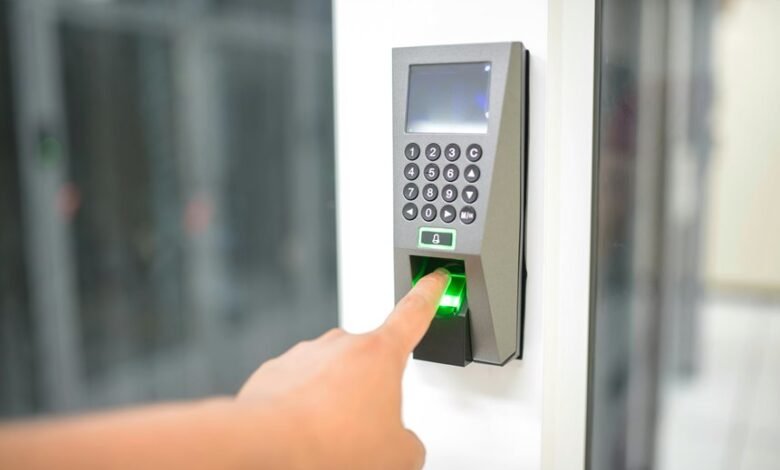Digital Caller Identity Tracking Control System 3509544387 3207750370 3890058754 3203250513 3456117899 3240857091

The Digital Caller Identity Tracking Control System (DCITCS) represents a significant advancement in telecommunications security. It operates by integrating real-time data analytics with encrypted communication protocols. This approach aims to enhance caller identification and verification processes. As telecommunication fraud rises, understanding the implications of such a system becomes essential. The potential impact on both personal and professional interactions invites further examination. What specific features contribute to its effectiveness in combating identity theft?
Overview of the Digital Caller Identity Tracking Control System
The Digital Caller Identity Tracking Control System (DCITCS) serves as a sophisticated framework designed to enhance the accuracy and reliability of caller identification in telecommunications.
This system facilitates caller verification through advanced identity management processes, ensuring users can confidently discern legitimate contacts from potential threats.
Key Features and Functionality
Key features of the Digital Caller Identity Tracking Control System (DCITCS) include advanced caller verification mechanisms, real-time data analytics, and user-friendly interfaces.
This system ensures robust identity protection through encrypted data transmission and continuous monitoring of caller authenticity.
Its analytical capabilities empower users to efficiently detect fraudulent calls, enhancing overall security and fostering a sense of autonomy in managing personal communications.
Benefits of Enhanced Caller Authentication
Enhanced caller authentication significantly strengthens the security landscape for personal and professional communications.
By implementing robust caller verification processes, organizations can effectively mitigate risks associated with identity theft and fraudulent activities.
This proactive approach not only enhances trust among users but also serves as a critical component in fraud prevention strategies, ensuring that individuals can engage in secure and reliable communications without fear of deception.
Future Implications for Communication Security
How will advancements in technology shape the future of communication security?
As technology progresses, the potential for enhanced encryption and identity verification mechanisms will rise, addressing privacy concerns effectively.
However, these advancements may also introduce new vulnerabilities, necessitating a balanced approach.
Stakeholders must prioritize robust security measures while ensuring user autonomy, fostering a landscape where privacy and freedom of communication coexist harmoniously amidst evolving threats.
Conclusion
In conclusion, the Digital Caller Identity Tracking Control System represents a monumental leap forward in telecommunications security, akin to a digital fortress safeguarding against the relentless tide of fraud and identity theft. By employing sophisticated data analytics and encryption, it not only enhances caller authentication but also fosters a trust-rich communication environment. As this technology evolves, it promises to redefine the landscape of secure interactions, ensuring that users can navigate their communications with unparalleled confidence and safety.




